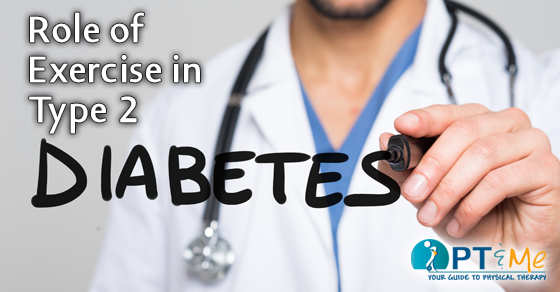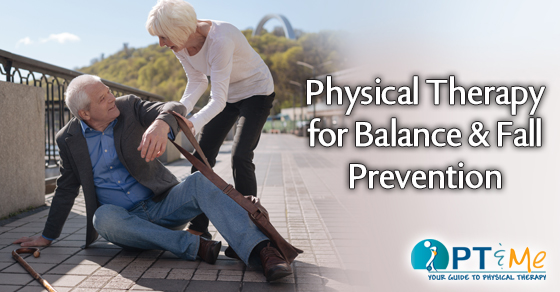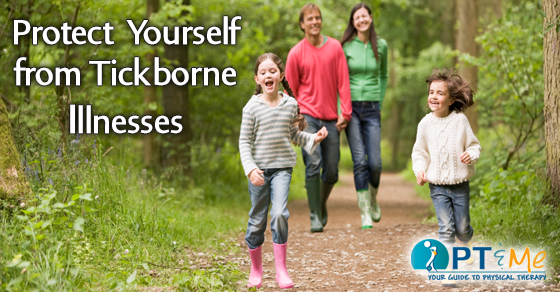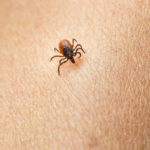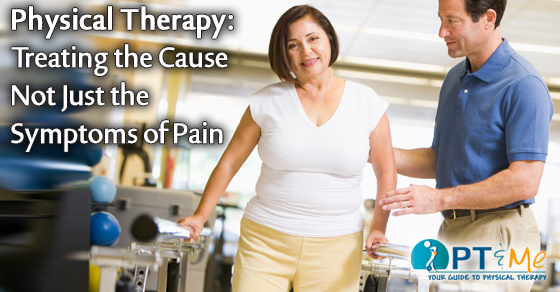
The U. S. Centers for Disease Control and Prevention has launched a campaign to reduce overdose deaths from prescription opioid painkillers. Between 1999 and 2015, more than 183,000 people in the United States died from prescription opioid overdoses such as OxyContin (oxycodone) and Vicodin (hydrocodone). The goal of the CDC’s Rx Awareness campaign is to increase knowledge of the risks of prescription opioids and stop inappropriate use. Personal accounts from recovering opioid abusers and people who’ve lost loved ones will be featured. “It only takes a little to lose a lot” is the campaign tagline. It will be featured in videos, audio ads, social media ads, internet banners, web graphics, billboards and posters. Campaign ads are planned to run for the next 14 weeks in Kentucky, Massachusetts, New Mexico and Ohio. The campaign will expand to other states as more funding becomes available. “This campaign is part of CDC’s continued support for states on the frontlines of the opioid overdose epidemic,” CDC Director Dr. Brenda Fitzgerald said in an agency news release. “These heartbreaking stories of the devastation brought on by opioid abuse have the potential to open eyes and save lives,” she said. In 2015, 12.5 million people in the United States misused prescription opioids. Every day, more than 1,000 people are treated in emergency departments for prescription opioid misuse and more than 40 people die from prescription opioid overdoses. Prescription opioid abuse is also a major risk factor for heroin use. About three-quarters of new heroin users misused prescription opioids before using heroin.

Manage pain safely with physical therapy. Physical therapy is a safe non-invasive form of treatment for patients experiencing musculoskeletal pain or injuries. Great candidates to be referred to physical therapy instead of prescribing pain pills include:
- A patient that has had pain for more than 90 days
- A patient that complains of pain disturbing their sleep or daily activities
- A patient that has a history of substance abuse or has been on pain medication for an extended period of time
- A patient that expresses an interest in avoiding opioids
Try Physical Therapy and experience the difference. For more information about what physical therapy can treat. Visit the PTandMe Injury Center.
For more information, the U.S. Centers for Disease Control and Prevention has more on prescription opioids.
Copyright © 2017 HealthDay. All rights reserved.
The information in this article, including reference materials, are provided to you solely for educational or research purposes. Information in reference materials, are not and should not be considered professional health care advice upon which you should rely. Health care information changes rapidly and consequently, information in this article may be out of date. Questions about personal health should always be referred to a physician or other health care professional.
EBSCO Information Services is fully accredited by URAC. URAC is an independent, nonprofit health care accrediting organization dedicated to promoting health care quality through accreditation, certification and commendation.

